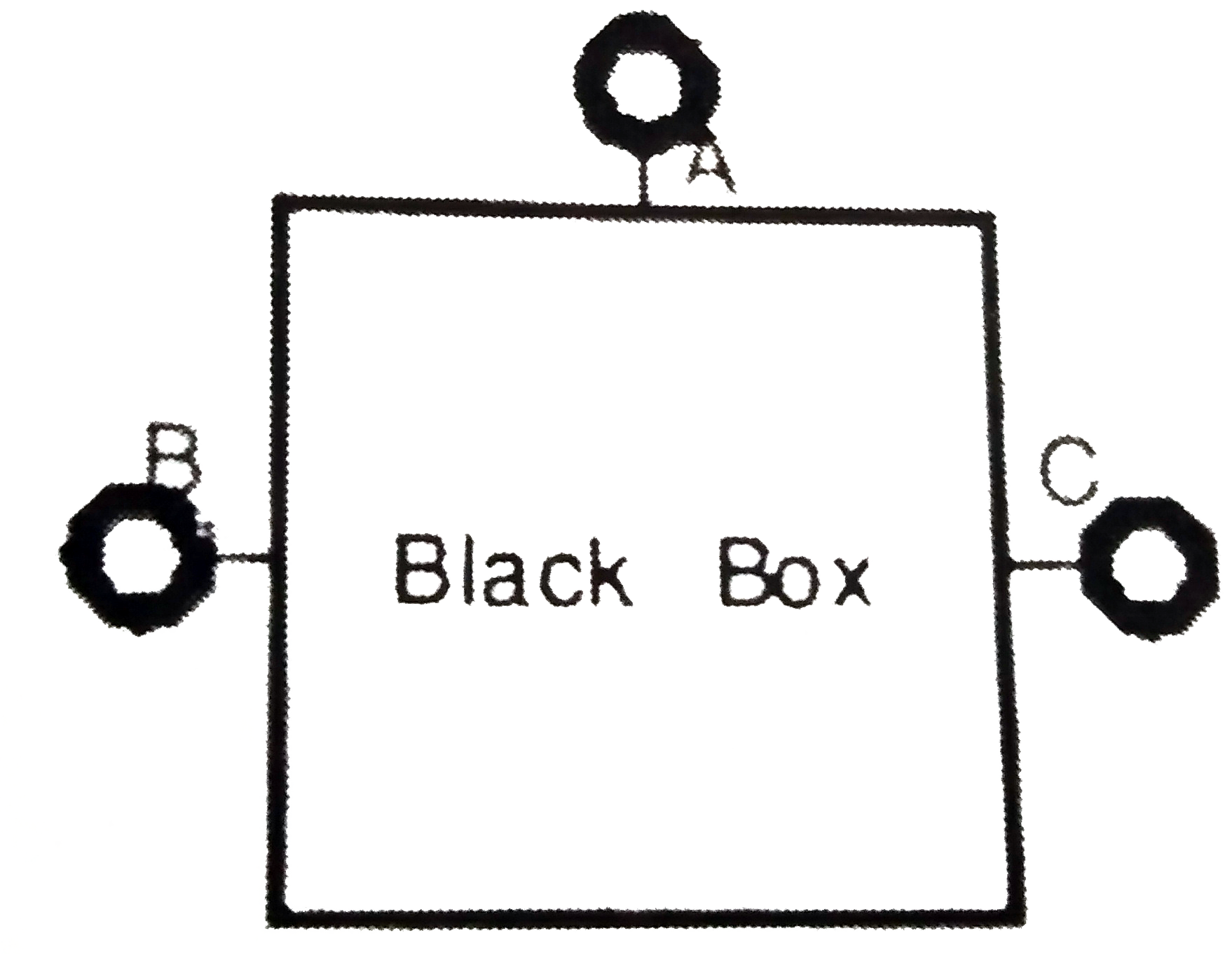(a) Describe the process of seed formation in a flowering plant.
(b) Suggest any two reasons why child marriages are a hazard to the reproductive health of women.
(c) Give any three advantages of using a mechanical barrier over other contraceptive measures to avoid pregnancy.
Step by step video & image solution for (a) Describe the process of seed formation in a flowering plant. (b) Suggest any two reasons why child marriages are a hazard to the reproductive health of women. (c) Give any three advantages of using a mechanical barrier over other contraceptive measures to avoid pregnancy. by Biology experts to help you in doubts & scoring excellent marks in Class 10 exams.
Related Playlists
Knowledge Check
- Question 1 - Select One
Read the passage carefully and answer the question given below:
You might not think of plants as particularly chatty but in reality, they communicate surprisingly well with each other, especially when faced with danger. According to a recent study in the journal Frontiers in Plant Science injured plants send out emergency signals to alert neighbors to start building up their defenses.
The chain of events that led to this surprising discovery began about two years ago, after University of Delaware botanist Harsh Bais agreed to mentor 16-year-old Connor Sweeney on a research project. The ecstatic high school student got to work right away, spending all his free time, including weekends and summer breaks, in Bais's lab at the Delaware Biotechnology Institute.
His project entailed culturing Arabidopsis thaliana, also known as mustard weed, for use in experiments. The young researcher would place the seeds in Petri dishes and test tubes filled with agar to promote growth. The seeds would germinate about six days later and transform into delicate three-inch saplings with bright green leaves.
One day, Sweeney sliced a mustard weed leaf in two spots mimicking an insect bite to see how it would begin the repair process. The following day, the young researcher was surprised to find that while the injured plant remained unchanged, the roots of the neighboring young mustard weed sapling had grown considerably longer and even had lateral offshoots.
“It was crazy — I didn't believe it at first. I would have expected the injured plant to put more resources into growing roots. But we didn't see that.” said Bais, who conducted a similar study in 2012, where he found that soil bacteria living near the roots of a plant helped boost its immunity by signaling the leaf pores, or stomata, to close in the presence of pathogens. To ensure that it was not the same system at work, Sweeney partitioned the plants to prevent any communication between their root bacteria and repeated the experiment multiple times. The results were he same!
www.dogonews
Question: Whose brainchild led to the surprising discovery of communication of injured plants?ANot mentioned in the passageBArabidopsis thalianaCHarsh BaisDConnor Sweeney
Similar Questions
(a) Define vegetative propagation.
(b) Mention any two methods which use the property of vegetative reproduction to produce new plants.
(c) State any one advantage of this method.View SolutionGive two reasons why a woman should avoid frequent pregnancies explain the following methods of contraception giving one example of each
(i) barrier method
(b) chemical method
(iii) surgical methodView Solution(a) Describe the importance of pH in everyday life. Illustrate your answer with examples.
(b) A farmer has found that the pH of soil in his fields is 4.2. Name any two chemical meterials which he can mix with the soil to adjust its pH. Give reason for your choice.
(c) Why are detergents also called 'soap-less soaps' ? Give the various advantages of detergents over soaps.
(d) A person put some universal indicator paper on to wet soap. The pH is found to be 8. What does this tell you about soap ?View SolutionA small part of the shoot of a plant is removed with a sharp knife. When the lower end of this small part of the shoot is buried in moist soil, it gradually develops roots and shoots and grows to become a new plant.
(a) What is the name of this method of propagating plants ?
(b) What care should be taken while removing a small part of the shoot from the parent plant with a knife?
(c) Name any two plants which provide us food directly or indirectly and are grown by this method.
(d) Give one advantage of this of this method of producing new plants.
(e) State whether it is a sexual method of reproduction or an asexual method. why ?
(f) What special name can be given to the genetically similar organisms?View SolutionA large number married couples in the world over are childless. It is shocking to know that in India the female partner is often blamed for the couple being childless.
(a)Why in your opinion the female partner is often blamed for such situations in India? Mention any two values that you as biology student can promote to check this social evil.
(b) State any two reasons responsible for the cause of infertility.
(c) Suggest a technique that can help the couple to have a child where the problem is with the male partner.View SolutionJaideep recently joined as the Managing Director of Tivory Ltd. An apparle designing company. He observed that the company had a number of experienced fashion designers on its payroll. They regularly offered useful suggestions which were neither appreciated nor rewarded by the company. Insted the comapny outsourced its services to some renowned fashion designers and paid them a good compensation for their services. Because of this the employees felt dishertened and stopped giving useful suggestions.
(a) Identify the communication barrier suggestion above
(b) State teh category of this communication barrier
(c) Explain any other communication barrier of the same cataegory.View SolutionA national newspaper reported that a 50 metre high 'Sanitary landfill', the dumping site of city's garbage in one of the metro-cities crashed and caused heavy damage and disaster in and around the area. A couple of cars, two-wheelers and cattle were swept away in the nearby overflowing canal. Three persons including a young girl were crushed under the garbage and died.
(a) Write any two points that in your opinion could have caused this landfill crash.
(b) Mention any four preventive measures to be adhered to as a policy which could have avoided this a accident.
(c) Write any two suggestions that you would like to give to the citizens so as to help in preventing such a disaster in future.View SolutionAnshuman was very industrious sales executive with a small herbal cosmetic manufacturer. He earned a good salary and commision on the business he brought for the firm and had very good command over the Delhi market for which he hd virtually become indispensable . He was aware of the enviable position he held in the firm and thought aloud :
" The key to successs in any business is the sale of its products. The beginning and end of the business cycle is nothing but sale and " other " people working in the factory to manufacture products are mere cogs in the business machine set in motion by sales people. So why carry this burden and get only a tiny shares on the properity of the firms. ? Instead others enjoying the fruits of my labour, why should I not start my own business " ?
(a) Should Anshuman take a leap ? Give reason for you answer .
(b) State any three functions Anshuman will perform as an entreprenutd in relations to economic developement.View SolutionThis question is about a closed electrical black box with three terminals A, B and C as show. If is known that the electrical elements connecting the points A, B, C inside the box are resistance (if any) in delta formation. A student is provided a variable power supply, an ammeter and a voltmeter Schematic symbols for these elements are given in part (a). She is allowed to connect these elements externally between only two of the terminals (AB or BC of CA) at a time to form a suitable circuit.

(a) Draw a suitable ci9ucuit using the above elemets to measure voltage across the terminals A and B and the current drawn from power supply as per Ohm's law.
(b) She obtains the following readings in volt and millampera for the three possible connections to the blace box
(b) She obtains the following readings in volt and millampere for the three possible connection to the black box.
AB BC ACV(V)/(mA)V(V)/(mA)(V(V)/(mA)0.53 0.540.83 0.170.85 0.150.77 0.771.65 0.351.70 0.301.02 1.012.47 0.532.55 0.451.49 1.513.29 0.713.4 0.601.98 2.024.11 0.894.25 0.752.49 2.514.94 1.065.10 0.90
In each plot V (on Y-axis) -1 (on X-axis) on the graph papers provided. Preferably use a pencil to plot. Culculate the volues of resistances from the plots. Show your calculations below for each plot clearly indicating graph number.
( c) From your calculations above draw the arrangement of resistances inside the box indicating the values.View Solution

